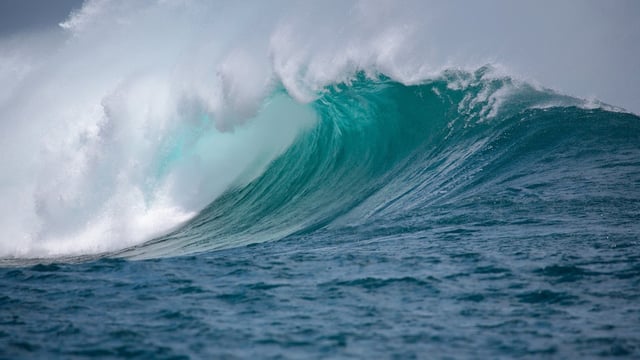Overview
- A University of Plymouth–led analysis of NASA satellite data found over 21% of the world’s oceans experienced measurable declines in sunlight between 2003 and 2022, while about 10% saw increased light.
- Approximately 9% of ocean regions lost more than 50 meters of photic zone depth and 3% lost over 100 meters, with the most pronounced darkening near the poles and along the Gulf Stream off Florida.
- Runoff-driven sediment and nutrient loading in coastal zones, heavier rain events and algal blooms have increased turbidity and reduced light penetration in many areas.
- Climate-driven shifts in phytoplankton distribution and changes in open-ocean biological productivity have compounded darkening trends and weakened the ocean’s capacity to absorb carbon dioxide.
- Researchers say curbing land-based pollution, upgrading coastal infrastructure and expanding marine observation networks alongside global climate action are essential to slow or reverse the trend.



